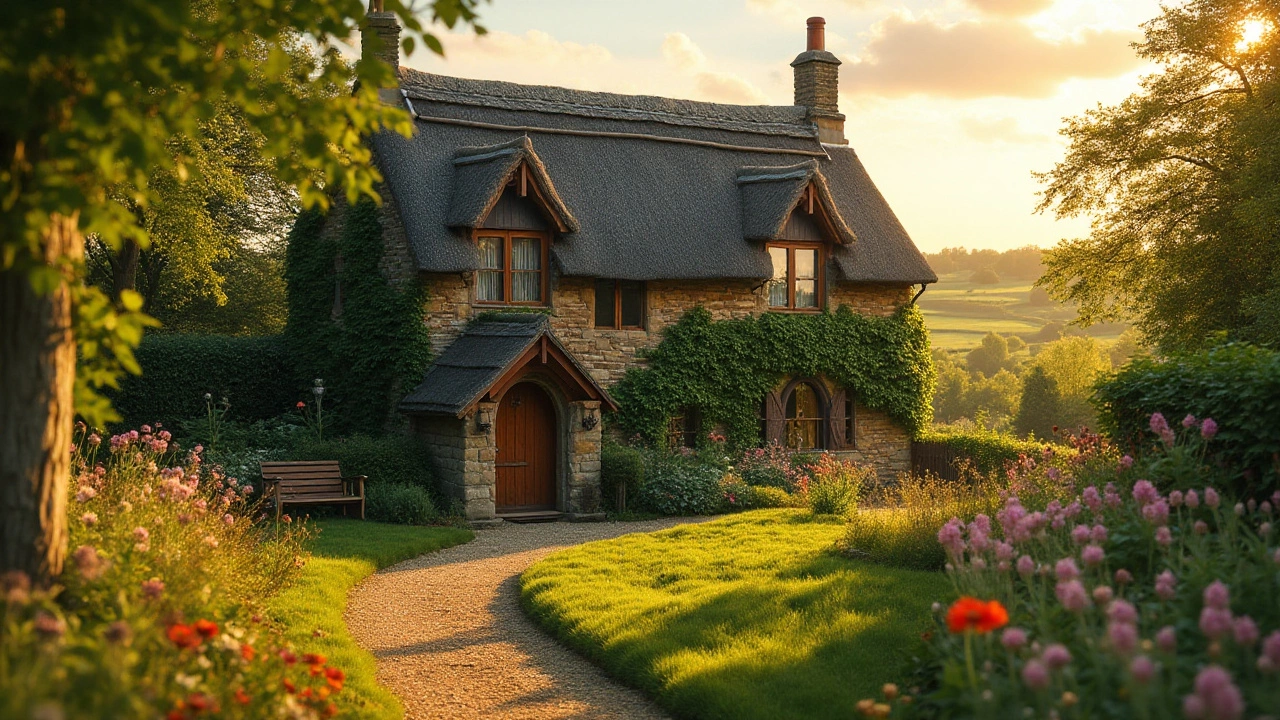History of Cottages – From Medieval Roots to Modern Getaways
Ever walked into a stone‑wall cottage and wondered who lived there centuries ago? Cottages have been part of the British landscape for hundreds of years, and they tell a story about everyday life, work, and changing tastes. Knowing a bit about that story helps you pick the right place for a weekend break or a long stay.
Where Cottages Came From
Most of the first cottages were built in the Middle Ages. Farmers and laborers needed simple homes close to the fields, so they used local stone, timber, and thatch. These early buildings were tiny – often just one room with a fireplace that doubled as a stove and a place to cook. The roof sloped steeply to let rain run off, and the windows were tiny because glass was expensive.
By the 16th century, you start to see a few extra rooms appear. A second room might be added for a bedroom, and a small porch or ‘lean‑to’ was built for storing tools. These changes were driven by families getting bigger and by a slowly improving economy.
How Cottages Changed Over Time
During the Victorian era (mid‑1800s), the cottage got a makeover. Better roads and railways let more people travel, and tourists began looking for “authentic” countryside stays. Builders added decorative bargeboards, larger windows, and sometimes even a garden. Inside, the layout shifted to separate living spaces: a hall, a kitchen, and a dedicated bedroom. This is where the typical three‑room cottage you see today started to form.
In the 20th century, especially after World War II, many old farm cottages were renovated into holiday homes. Modern plumbing and electricity were added, but owners tried to keep the original stone walls and thatched roofs. Today, a historic cottage might have five or six rooms, a cozy fireplace, and all the comforts of a modern hotel while still feeling like a piece of history.
If you’re hunting for a cottage to rent, think about what part of this timeline you like best. A medieval‑style stone cottage will have fewer rooms but a strong sense of place. A Victorian cottage often offers more space and a garden. Check the room count, the layout, and any recent renovations – that’s why our post “Typical Cottage Room Counts” is handy. It tells you what to expect, whether you need two bedrooms for a family or just a studio for a couple.
Finally, remember that a cottage’s story doesn’t end with its walls. Talk to the owner about any historic features, like original beams or old hearths. Those details add charm and help you appreciate the building’s past. Whether you’re after a short stay or a long retreat, knowing the history of cottages makes the experience richer and more rewarding.
The Origins and Charm of Cottages: History and Modern Appeal
Cottages, with their quaint charm and cozy appeal, have a history as rich as their character. Originally, the term 'cottage' referred to small rural homes with a unique architectural style that varied locally. Today, they are sought after for vacation rentals, retaining their allure by encapsulating simplicity mixed with a sense of nostalgia. Whether nestled in the countryside or perched by the sea, cottages offer a unique escape from modern life.
